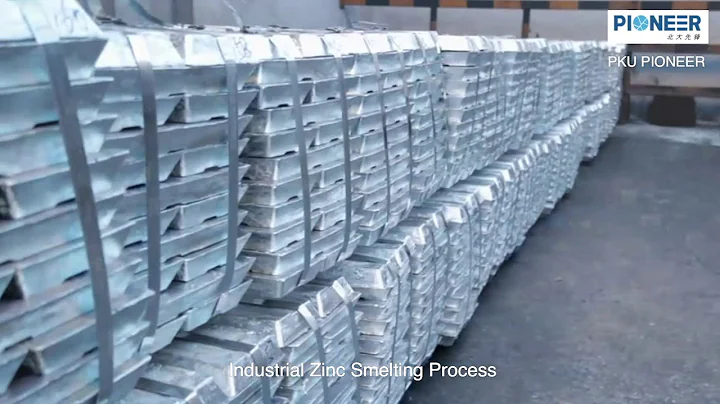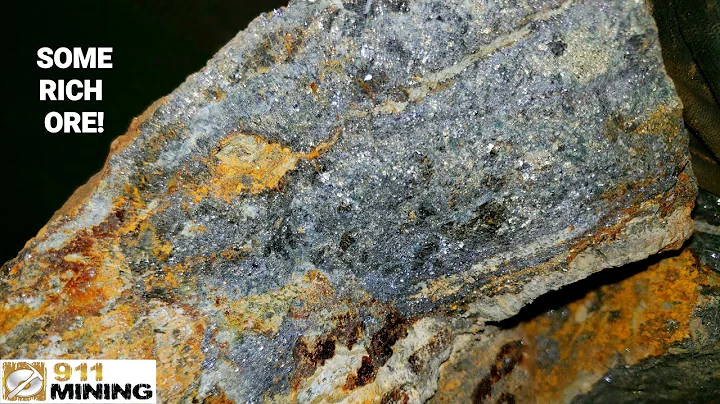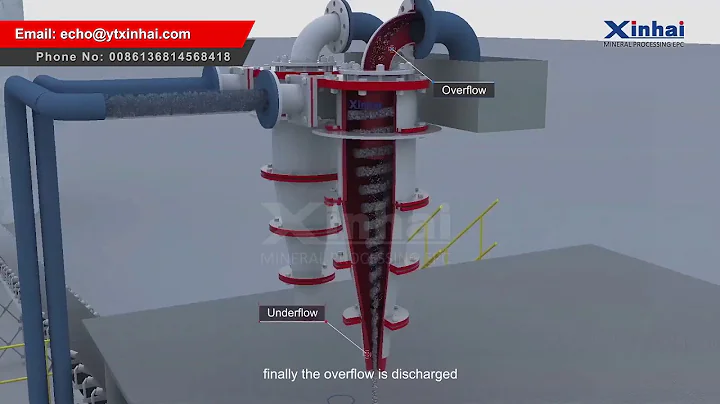Lead-zinc ore is an important strategic resource in our country. Although it is rich in reserves and widely distributed, there are few large-scale mineral deposits, many poor ores, few rich ores, and many are associated with them. With the increasing depletion of coarse-grained and easily separated lead-zinc ore resources in my country, fine-grained lead-zinc ore has become the main mineral resource for obtaining lead and zinc resources.
Flotation method is the main means of selecting fine-grained lead-zinc ores. At present, common flotation processes include priority flotation, mixed flotation, equal flotation, asynchronous flotation, potential controlled flotation, and flocculation. Flotation, complex activated hydrophobic floc flotation and carrier flotation processes.

1. Priority flotation of fine-grained lead-zinc ores
Priority flotation of fine-grained lead-zinc ores is a method of sequential flotation and separation based on the difference in floatability of the minerals (generally suppressing zinc and floating lead first, and then activating zinc). By adding Appropriate amounts of lime and xanthate are used to protect the surface of the newly dissociated galena with xanthate under the pH value of the slurry of 12. Under high alkalinity conditions, a strong collector is used to preferentially flotate the lead to recover the lead. Then copper sulfate is used to activate the flotation lead tailings, zinc sulfide crude concentrate is recovered with butyl xanthate, and zinc concentrate is obtained by flotation under high alkali conditions.

2, fine-grained lead-zinc ore mixed flotation
fine-grained lead-zinc ore mixed flotation is to first use a collector to float out lead and zinc minerals at the same time, and then float out lead concentrate and zinc concentrate respectively.
3, fine-grained lead-zinc ore, etc. can be flotated
According to the difference in mineral floatability, lead-zinc ore is divided into two parts: easy-to-float and hard-to-float. The hard-to-float and easy-to-float mixed ores of lead and zinc are obtained respectively by flotation. , and then select lead concentrate and zinc concentrate respectively. Among them, lead, lead and zinc conjoints can be obtained without adding inhibitors during the rough selection stage of easy-to-float minerals. This part of the mineral concentrate is then ground again to separate lead and zinc to obtain concentrate minerals respectively.

4. Asynchronous flotation of fine-grained lead-zinc ore
Asynchronous flotation is to create suitable flotation conditions for galena and sphalerite in steps under different operating conditions, and float lead and zinc at the same time.
5, fine-grained lead-zinc ore potential controlled flotation
potential controlled flotation is to change the potential changes caused by the electrochemical behavior in the lead-zinc ore flotation system, adjust the operating behavior for potential control, improve the flotation process, and influence The surface state of the sulfide ore and the product form and stability of the collector on the surface of the sulfide ore increase the hydrophilic-hydrophobic properties of the sulfide ore surface, thereby achieving selective flotation separation of sulfide minerals. By adding the whole agent of lime and the combined inhibitor zinc sulfate + sodium sulfite to the ball mill , the processing of galena, sphalerite, pyrite can be completed in a high alkaline slurry environment and low oxidation potential. Selective flotation separation operation.

6. Fine-grained lead-zinc ore flocculation flotation
During the flotation process, the flocculation of fine-grained lead-zinc ore is closely related to the hydrophobicity of the mineral surface. The fine-grained veins in the slurry are made through high-efficiency dispersants and pH adjusters. Stone minerals and sludge are dispersed, and xanthate collectors and non-polar oil are used to selectively hydrophobically agglomerate fine-grained lead-zinc ores. Under the condition of appropriate mechanical stirring intensity, the apparent particle size is larger and has a certain Mechanically strong hydrophobic agglomerates to enhance the floatability of fine-grained lead and zinc minerals.
Note: Floc flotation usually must meet conditions such as surface hydrophobization of mineral particles and mechanical stirring intensity that can overcome the inter-particle interaction barrier, and most of them require the addition of non-polar oil.
7, fine-grained lead-zinc ore carrier flotation
Carrier flotation is under conventional flotation process conditions, using a coarse-grained auxiliary material to act as a carrier in the flotation, and adding an appropriate amount of collector to make the fine-grained lead-zinc ore The particles and the carrier are fully hydrophobic at the same time, and the hydrophobic fine particles have a tendency to adhere to the hydrophobic coarse particles, so that the fine particles selectively cover the carrier, or the hydrophobic agglomeration principle is used to make the particles adhere to the surface of the easily floating coarse mineral particles. , and then use air bubbles to float out the carrier together with fine-grained minerals.

The carrier can be a mineral of the same type as the target mineral or a heterogeneous mineral. By utilizing the coarse-grained effect of the mineral particles and the role of the carrier in the flotation system, by controlling the particle size range and proportion of the carrier, it can be achieved without affecting the floatability of the carrier itself. Achieve flotation recovery of fine-grained minerals.
The above is a commonly used flotation process for fine-grained lead-zinc ores. In actual mineral processing, if the above-mentioned flotation process uses a single flotation, it will be difficult to fully recover fine-grained lead-zinc minerals, and a combined process must be used. As for how to use various processes in combination, the editor suggests that mineral processing tests should be conducted first, and through test analysis, a scientific and reasonable flotation combined process can be customized to improve mineral processing indicators and reduce economic losses.
Pictures and texts come from: Xinhai Mining Equipment. Please indicate the source when reprinting!





















